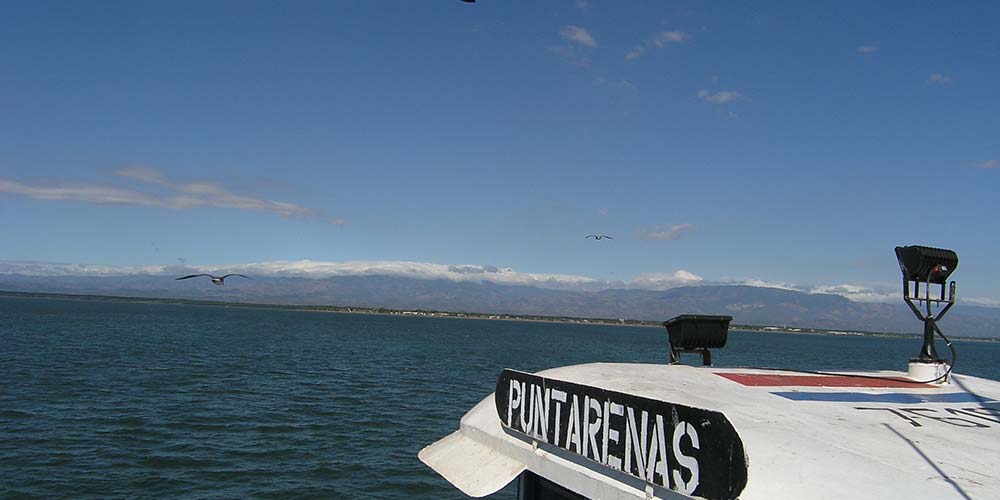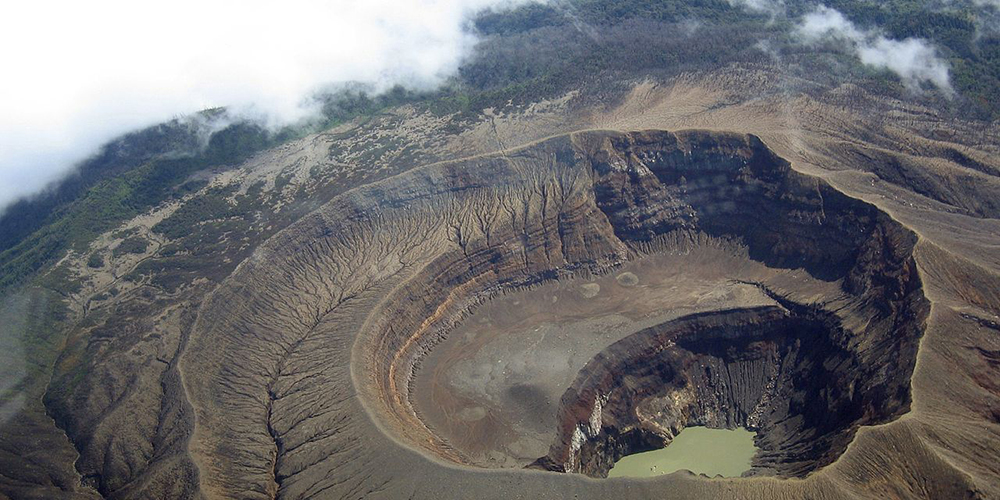How to get to Santa Teresa and Montezuma
April 28, 2018
Properties in Costa Rica
Santa Teresa and Montezuma are two popular beach communities located right
across the Nicoya Peninsula. A must visit portion of Costa Rica where you will find the
Pura Vida lifestyle at it best! Expats, hippies, wannabe hippies, adult surfers, kids
surfers, dog surfers, a place to connect with all kind of people. This area gets a lot of
tourism during the peak season (December thru April), but the long beaches have
enough space for everyone, you won’t even notice the number of people around you.
There’s one big question once you arrive in Costa Rica, how do we get to these
astonishing beaches?
The most popular way of crossing the Nicoya Gulf to get to Montezuma and Santa
Teresa is by ferry. This is a speedboat that transports vehicles and people from
Puntarenas to two different docks on the other side. You have two routes options:
Puntarenas – Paquera and Puntarenas – Naranjo.
The distance, by car or bus from San Jose to Puntarenas is about 1 hour 30 minutes.
Nevertheless, you should have a margin of 30 minutes to 1 hour to assure your place in
the ferry. During the high season, the time to get to Puntarenas changes, if you have
your own vehicle you must calculate about two to three hours from San Jose and you
must arrive at the dock at least 3 hours before to have your place assured in the ferry.
Both routes include fully equipped ferries, with air conditioner, indoor seats, tables,
outdoor seats and tables, a kiosk that includes chips and typically snacks such as
“pastelitos”, music and in both you will appreciate incredible views of the golf. On the
ferry, you’ll have beautiful views of “Isla San Lucas” an island located in the middle of
the gulf previously used as a jail. Also, if you ride during dawn you’ll be able to catch the
sunrise emerging through the mountains.
Let’s discuss the two routes to cross the Nicoya Gulf:
Puntarenas – Paquera: The ferry ride from Puntarenas to Paquera has a duration of one
hour and 10 to 20 minutes. Once you get to Paquera, you will have to wait your turn to
get off the ferry which, could last at least one hour or even more during the high season.
There you will have a one hour drive to Montezuma, and one and a half hour to get to Santa Teresa or paradise. The roads are mostly paved but you will have trams of
unpaved and curvy roads through the mountains. It is a bumpy ride, but totally worth it.
This is the best option to get to both beaches.
Puntarenas – Naranjo: This other option to cross the Nicoya Gulf is mainly a plan B. The
ride on the speedboat has the same duration as the one of Paquera: one hour and 10 to
20 minutes. However, once you get to the dock, you’ll have to add an extra 40 minutes
ride to get to Montezuma and Santa Teresa following the same road as if you take the
other ferry. This is a less required ride, that’s why during the peak season, riding the
Naranjo ferry could be a good option.
Tips:
Use comfortable clothes: If you don’t find a seat inside the ferry you will have to be on
the deck where the sun really burns. It gets warm, and sunblock is a must!
Pet-Friendly: Both speedboats are pet-friendly, there’s a special area where they can
stay during the ride aside from the multitude.
Time: Always make sure to get to the dock on time! If not, you will have to wait for at least 2
hours for another boat. A good tip is to call the central in Puntarenas to check the hours
of the ferry and their prognostics for the day you are going.
Enjoy: The most important part, be happy. Appreciate the views, feel the salty breeze,
take pictures. If there’s music on the ferry, dance!



